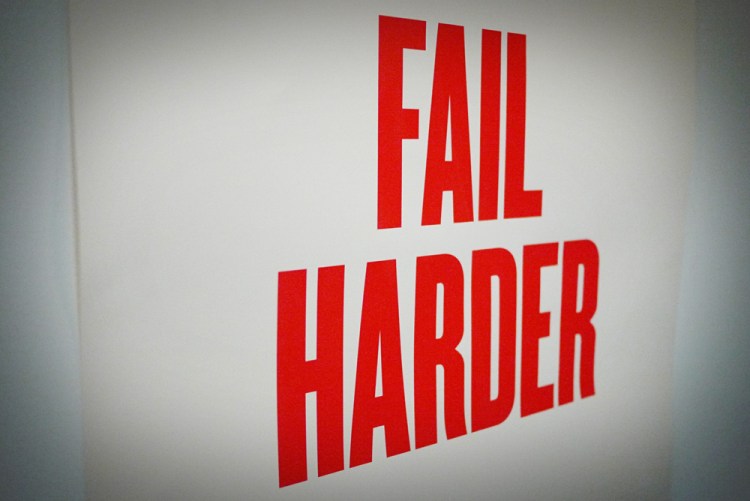Jeremy Ozen is cofounder of Vistar Media.
I’m in cabs a lot. I’ll scan my email so I know what to expect when I get into the office or arrive at a meeting. If there’s time afterward, I’ll check Twitter or read the news. But those screens installed on the backside of the driver’s seat have become a welcome distraction. It’s my job to pay attention to every screen I see, but I’m obviously not the only one watching.
These taxicab screens — and the ones in elevators and on commuter trains, for that matter — are effective precisely because they reach a captive audience that is likely to welcome the interjection of bite-sized servings of Fallon, Leno, Kimmel, or whatever else the programmers have included in the latest package. The content is advertising, sure, but it never feels invasive, because it’s equal parts entertaining and distracting — and sometimes, it’s even helpful.
But what about when we do have something else to do? The average Facebook user is logged onto the platform for over 400 minutes per month. That’s nearly seven hours, exponentially more than any other social platform.
Surely most users aren’t actually spending all their social time staring at their timelines; it’s more likely that they leave their Facebook accounts logged for longer periods of time as they go about the rest their business, occasionally tabbing back when they need a distraction. In three or four minutes, they can “like” or comment on a few statuses, maybe even click through to a Buzzfeed list that a friend shared. Then it’s back to work.
But when time is short and intent is clear, a video ad, no matter how amusing, can feel obtrusive. Facebook’s intention to feature 15-second autoplay ads at the top of users’ newsfeeds later this year wholly neglects both the intent of users navigating to the social network and the nature of video advertising.
Even if the ads are short, even if the ads play silently, even if they will only appear three times per day. Just think about how many status messages could be read during that combined 45 seconds.
Does Facebook owe its users anything? They’ve shown before that they don’t think so. But their users don’t owe Facebook anything, either.
Though there are arguments to be made that, as a free platform, Facebook users can only complain so much, Facebook still has a responsibility to not alienate its users completely lest those members abscond to another platform.
Desktop Facebook users are not a captive audience. In the short term they will navigate away from the page (check email, Twitter etc.). If it is intrusive enough, users may just get up and join a newer, more consumer-friendly platform.
Facebook’s decision is clearly motivated more by its investors (why else the Super Bowl-worthy price tag per daily spot?) than by its users, but the company needs to recognize this: their users may come to accept video ads as they have changes to the news feed and Timeline, but they are never going to welcome them. They will always rather be doing something else.
While advertisers will likely invest in this ad unit, Facebook video will fail for exactly the reason that taxi, elevator, and other location-based video succeeds: Consumers are engaged when they are entertained and being provided value, not when they are intruded upon purely for Facebook’s bottom line.
Until Facebook is able to figure out a way to make its video advertising entertaining enough to keep its users from browsing different websites or hopping up for a coffee break as the video rolls, its video strategy is misguided at best.


